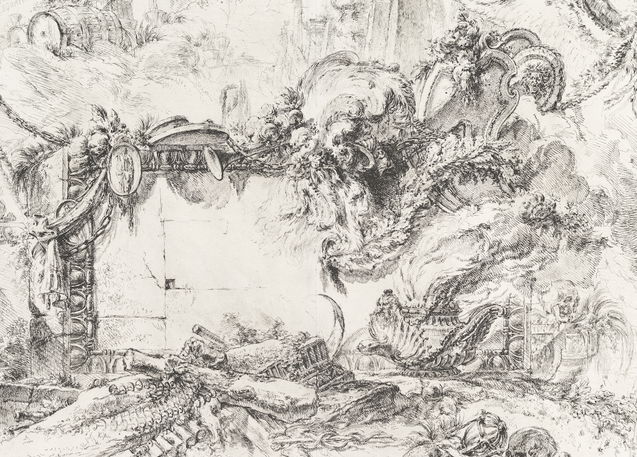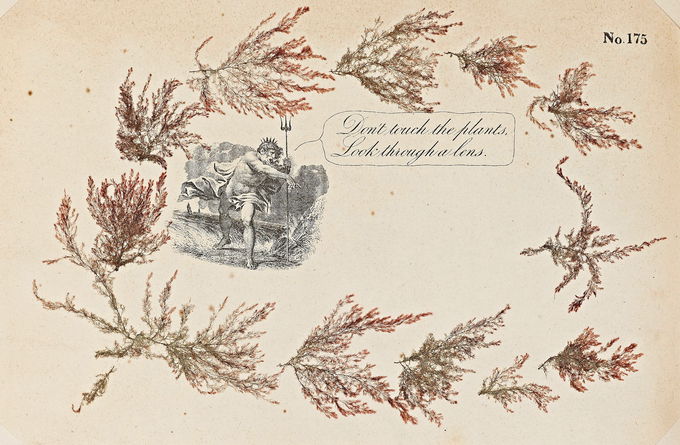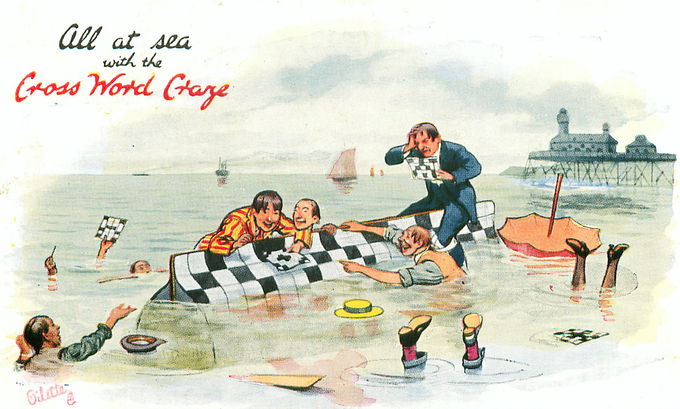Thank you all so much for gracing our pages with your attention this year. From the 59 collection posts, 20 essays, and 3 conjecture pieces that we had the pleasure to publish, here's a rundown of the ten most read. ...
Years before the Weimar Republic’s well-chronicled freedoms, the 1904 non-fiction study Berlin’s Third Sex depicted an astonishingly diverse subculture of sexual outlaws in the German capital. James J. Conway introduces a foundational text of queer identity that finds Magnus Hirschfeld — the “Einstein of Sex” — deploying both sentiment and science to move hearts and minds among a broad readership. Read More »
***
This text is less a Victorian astronomy primer than the foundation for a phenomenological star wisdom. Remaining in print for nearly a century, it remains a compelling narrative that transports us to the most remote astral bodies, but also quickens every reader’s lost seven-year-old sensibility that the universe was made to be brought within one’s humble yet unbounded reach. Read More »
***
From the vast confines of his imaginary prisons to the billowy scenes that comprise his grotteschi, the early works of Giovanni Battista Piranesi wed the exacting details of first-hand observation with the farthest reaches of artistic imagination. Susan Stewart journeys through this 18th-century engraver-architect’s paper worlds. Read More »
***
In his early twenties, after years of wanderjahr-ing across Europe, Albrecht Dürer returned home to Nuremberg to turn his expert hand to a series of pillow studies, which seem to slip between the waking world and the stuff of dreams. Read More »
***
The oldest complete seventy-eight card tarot sequence, this mysterious deck contains a multitude of puzzles for both scholars and cartomancers. Read More »
***
Ostentatio genitalium (the display of the genitals) refers to disparate traditions in Renaissance visual culture of attributing formal, thematic, and theological significance to the penis of Jesus. The “discovery” of this genre has been admired and criticized by numerous scholars. Read More »
***
Combing across 19th-century shores, seaweed collectors would wander for hours, tucking specimens into pouches and jars, before pasting their finds into artful albums. Sasha Archibald explores the eros contained in the pressed and illustrated pages of notable algologists, including “the most ambitious album of all” by Charles F. Durant. Read More »
***
Just a few years after The Waste Land appeared — a poem whose difficulty critics compared to some “pompous cross-word puzzle” — Edward Powys Mathers (alias: Torquemada) pioneered the cryptic: a puzzle form that, like modernist poetry, unwove language and rewove it anew. Roddy Howland Jackson reveals the pleasures and imaginative creatures lurking in Torquemada's lively grids. Read More »
***
Before humans stored memories as zeroes and ones, we turned to digital devices of another kind — preserving knowledge on the surface of fingers and palms. Kensy Cooperrider leads us through a millennium of “hand mnemonics” and the variety of techniques practised by Buddhist monks, Latin linguists, and Renaissance musicians for remembering what might otherwise elude the mind. Read More »
***
Of the 270,000 photographs commissioned by the US Farm Security Administration to document the Great Depression, more than a third were “killed”. Erica X Eisen examines the history behind this hole-punched archive and the unknowable void at its center. Read More »
***







-crop-2.jpeg?fit=crop&width=680&height=457)




